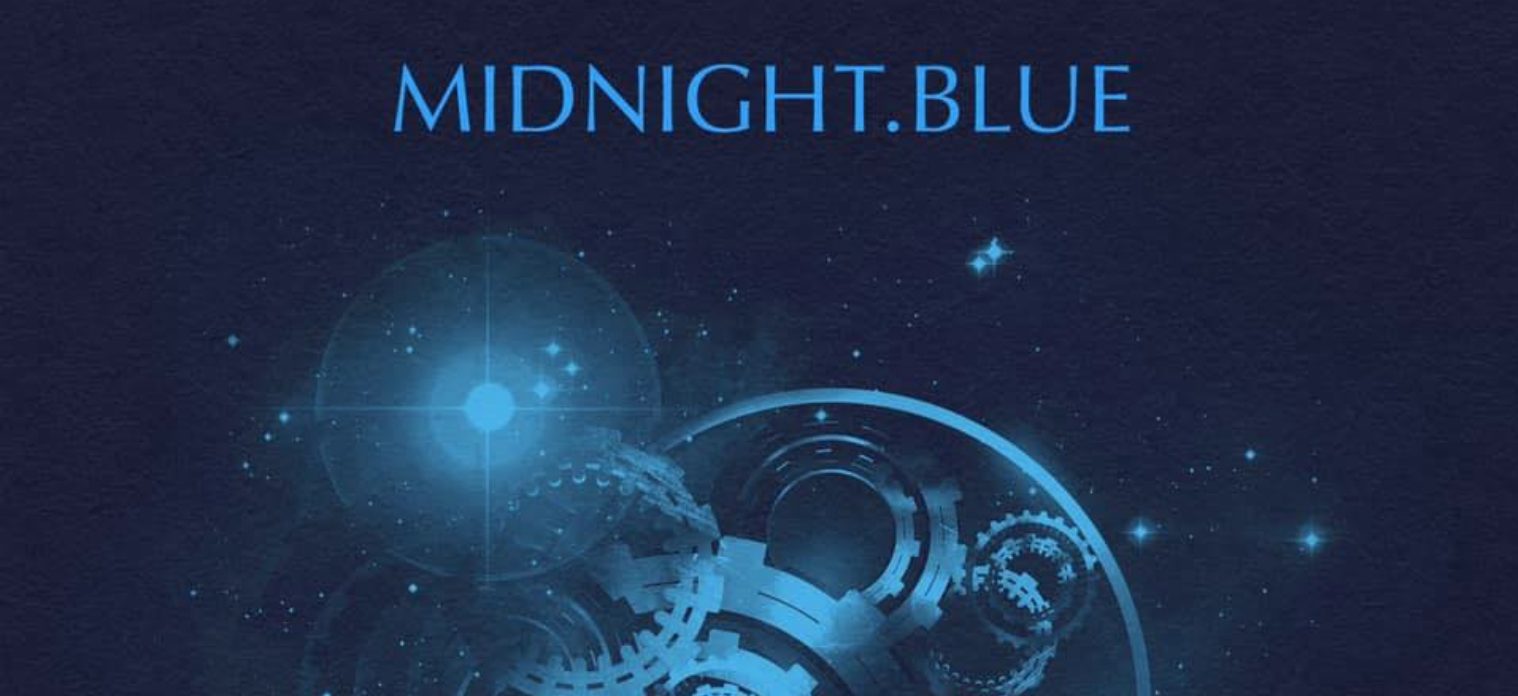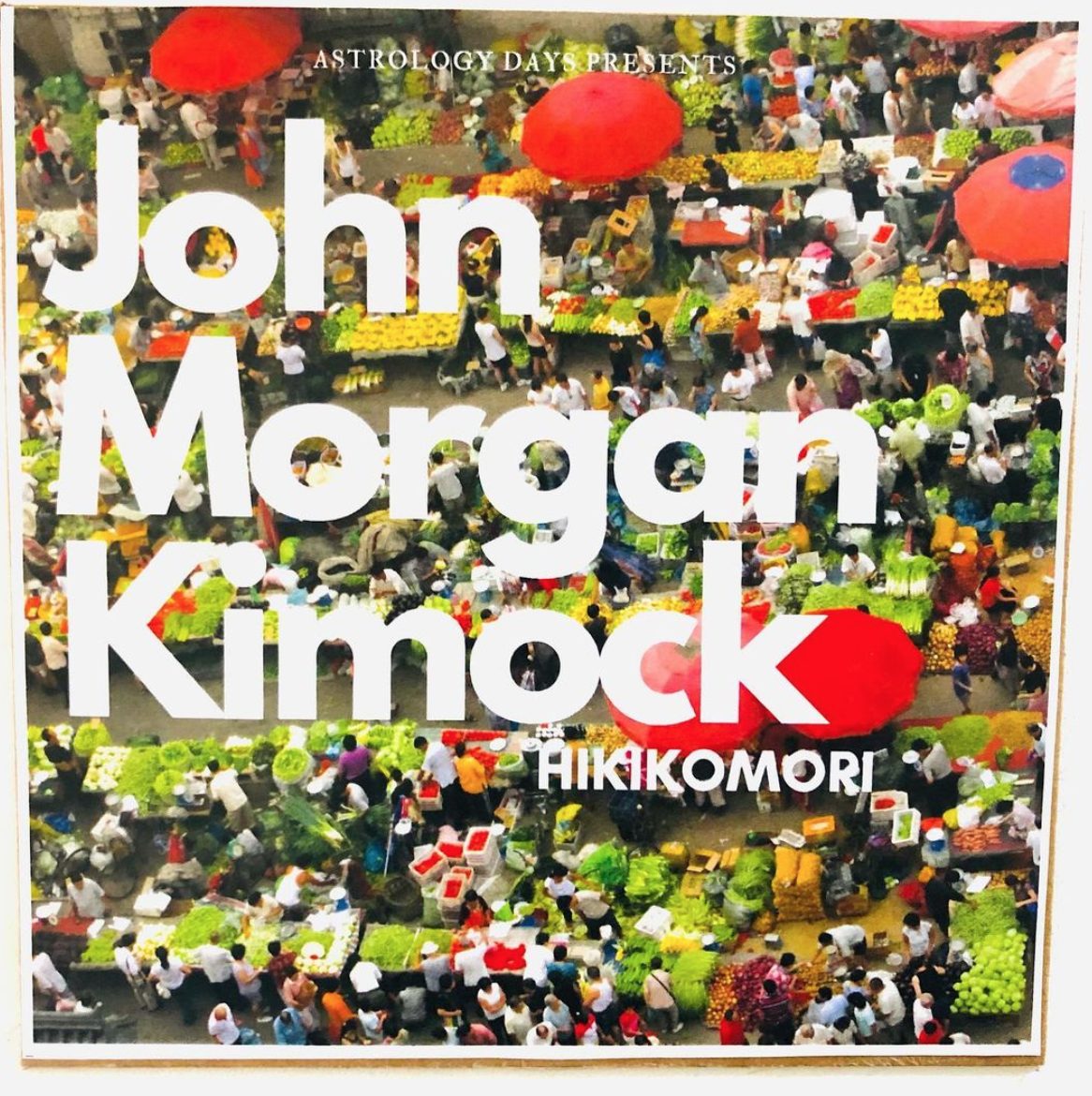By Natalie Cressman, Trombone Player for Trey Anastasio Band
Once you have found the best trombones, the chromatic scale is hands-down the most difficult scale to play: the way the horn is set up, certain places in the scale demand the slide to travel a huge physical distance lightning fast just to go from one note to the next half-step up! Therefore, this is a scale I’ve spent (and continue to spend) a great deal of time working out on. Not only does practicing it give us greater facility on the instrument and make it easier for us to navigate the larger distances between half steps on the horn, but it is also musically very useful. Being able to think chromatically gives us a better capacity to transpose, to embellish melodies by chromatic approach, and to link between musical and harmonic arrival points. All this to say, practicing chromaticism is a worthwhile endeavor that will keep you busy for the entirety of your musical life.
Like everything new we learn, the fastest way to get this scale under your fingers is slowly. I’m sure it’s true for all instruments, but especially on trombone, it is essential to visualize everything you are doing, to both hear and to name the sequence of notes rather than just throw your slide out to a position and hoping for the best. We only have 7 positions, so it is important to get specific with the exact note you are playing rather than just associate it with its corresponding position, otherwise it is very easy to confuse two notes in the same partial with each other and can cause a disconnect with truly hearing what we are playing at all times. I hope some of these practice ideas below prove to be both enjoyable and useful. Happy practicing!
1. The Scale I’d start by practicing the scale from low E to the E two octaves up, in quarter notes, with a metronome, at whatever tempo is challenging but doable to maintain a steady beat and visualize the notes of the scale. Practicing it in two octaves gives us the added challenge of maintaining one embouchure position for a wide range of notes. As we develop the ability to do this, we end the common bad habit of shifting up or down on the mouthpiece for the upper or lower register, giving us a more connected approach that doesn’t get us “stuck” in transition.
2. Speed it up or take it higher: Once playing the scale in quarter notes gets easy, increase the challenge by practicing it in 8th notes until this is comfortable. You can also experiment with changing the starting pitch and therefore what part of your range you are playing in. For instance, going from low Bb to high Bb will get us into the upper register and will introduce the component of range-building as well.
3. Chromatic scale + rhythm: Then, we can play with the rhythmic grid we are practicing in, which will reveal some interesting patterns within this scale. This is a symmetrical scale, meaning that the intervals between all the notes of the scale are completely identical, in half steps (unlike say, a major scale, which is built with a combination of whole steps and half steps)/
In changing the rhythm that we are playing the scale in, and adding an accent on each downbeat to help us feel the rhythmic phrasing, we find some nice internal symmetry in the pitches of the notes that fall on the downbeat. In the case of the triplets, the accented downbeats will form an E diminished arpeggio (E-G-Bb-Db-E-etc). For the 16th notes, the accented downbeats will form an E augmented triad (E-G#-C-E-etc). Since the chromatic scale is symmetrical and encompasses all the 12 notes, these other symmetrical scales and chords can be found within it, and provide food for thought and ways to further apply this scale over different chord types.
*Once comfortable with these, it is a good idea to practice them in a few neighboring keys, to be able to recognize the 2 other diminished and 3 other augmented sequences within the chromatic scale. For instance, starting on F will give you the notes of an F diminished arpeggio on downbeats in triplets and F augmented arpeggio on downbeats in 16th notes.
4. Chromatic Intervals: Another application of the scale is to practice it in different intervals, rather than just going up in half steps. One of my favorites to practice is major seconds going up and down chromatically, as it helps us to really learn and visualize this scale on an even deeper level. It is also a pesky one to technically navigate on the horn. Especially when we move beyond the first few 2nds, we have to go from A in 2nd position to B in 7th, then back to Bb in 1st, and then C in 6th position, before the 2nds get easy again. This “break” between Bb and B is one of the single most difficult parts of the horn to navigate, so this is a great workout for that aspect.
As with any scale, to really learn it inside and out, we need to utilize it and analyze it in many different ways. By combining the chromatic scale with an interval pattern such as major seconds, we will internalize it on an even deeper level all over the horn. Once 2nds become easy, you can try minor 3rds, major 3rds, perfect 4ths, etc, which will also increase the challenge as widening the interval requires additional lip flexibility.
5. Chromatic patterns: “3213”
Here is an example of a scale pattern you can use on any scale, but that works very well with the chromatic scale. I like taking it up through the entirety of my range (low E through high E at the top of the treble clef staff). This is a great one to work up to a fast speed, and I’ve found pieces of the sequence useful when improvising too. Having the shape worked out on the horn and having it in my ear makes it readily available to link between two musical ideas. The main way I use chromaticism while soloing is as a linkage language to keep my ideas continuously flowing.
6. Chromatic approach tones: A great way to use your new knowledge of the scale is to use it to embellish melodies or any melodic target in improvisation. Here’s an exercise that combines harmonic targets with chromatic approach tones. Take the first 8 measure of the song Autumn Leaves: this melody is constructed in a way that the arrival note in each phrase outlines the harmony by being either a 3rd or a 7th of the chord underneath. A common way to embellish a melody is to ornament these such arrival points. The example details how to practice approaching a tone chromatically in the context of Autumn Leaves: by a chromatic approach from either below, above, or a combination of both. The many possible permutations of the exercise provide multiple avenues for extended study. If you are working on learning the harmony of a tune to improvise over it, adding a chromatic approach in front of the targeted note adds a nice embellishment.
Natalie Cressman, from San Francisco CA, is a professional trombonist and vocalist. Cressman is a current musician in Trey Anastasio Band, as well as writing her own music.

















